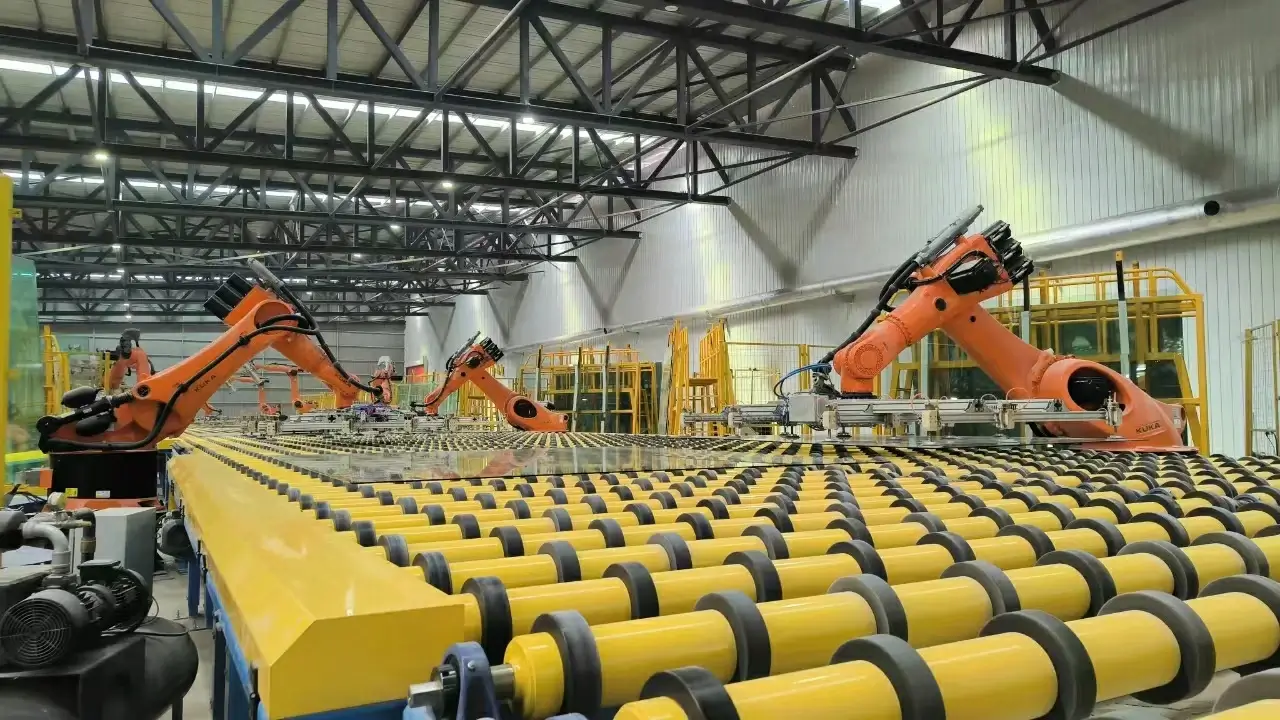

Understanding Low-E Glass Benefits and Applications
Low-E glass, or low-emissivity glass, is a revolutionary innovation in building materials designed to improve energy efficiency. Commonly found in windows and doors, this specialized glass features a thin coating that reflects heat while allowing natural light to enter. This unique attribute has made Low-E glass increasingly popular in both residential and commercial constructions aiming for sustainability and lower energy costs.
Understanding Low-E Glass Benefits and Applications
Furthermore, Low-E glass contributes to environmental sustainability. By reducing the demand for heating and cooling, buildings equipped with this type of glass lessen their carbon footprint. This is especially important in today’s context of climate change and the urgent need for buildings to become more eco-friendly. Many builders and architects are incorporating Low-E glass into their designs to achieve green building certifications such as LEED (Leadership in Energy and Environmental Design).

In addition to energy efficiency, Low-E glass also offers improved aesthetic qualities. It allows ample daylight to illuminate interiors while minimizing glare and harmful UV rays that can fade furnishings and flooring. This means occupants can enjoy bright, beautiful spaces without compromising their comfort or compromising the longevity of their interiors.
Another significant advantage of Low-E glass is its versatility. It can be used in various forms, such as double or triple glazing, and can be combined with other energy-efficient technologies, such as window frames and insulation, to create high-performance windows. This adaptability makes it an ideal choice for diverse applications, including residential homes, office buildings, retail spaces, and even schools.
In summary, Low-E glass is at the forefront of modern building design, providing remarkable benefits in energy efficiency, sustainability, and aesthetics. As the demand for eco-friendly construction materials continues to grow, Low-E glass is set to become a standard in the industry, leading to a future where buildings are not only more energy-efficient but also more comfortable and environmentally responsible. Whether you are building a new home or upgrading existing windows, considering Low-E glass is a decision that benefits both your wallet and the planet.